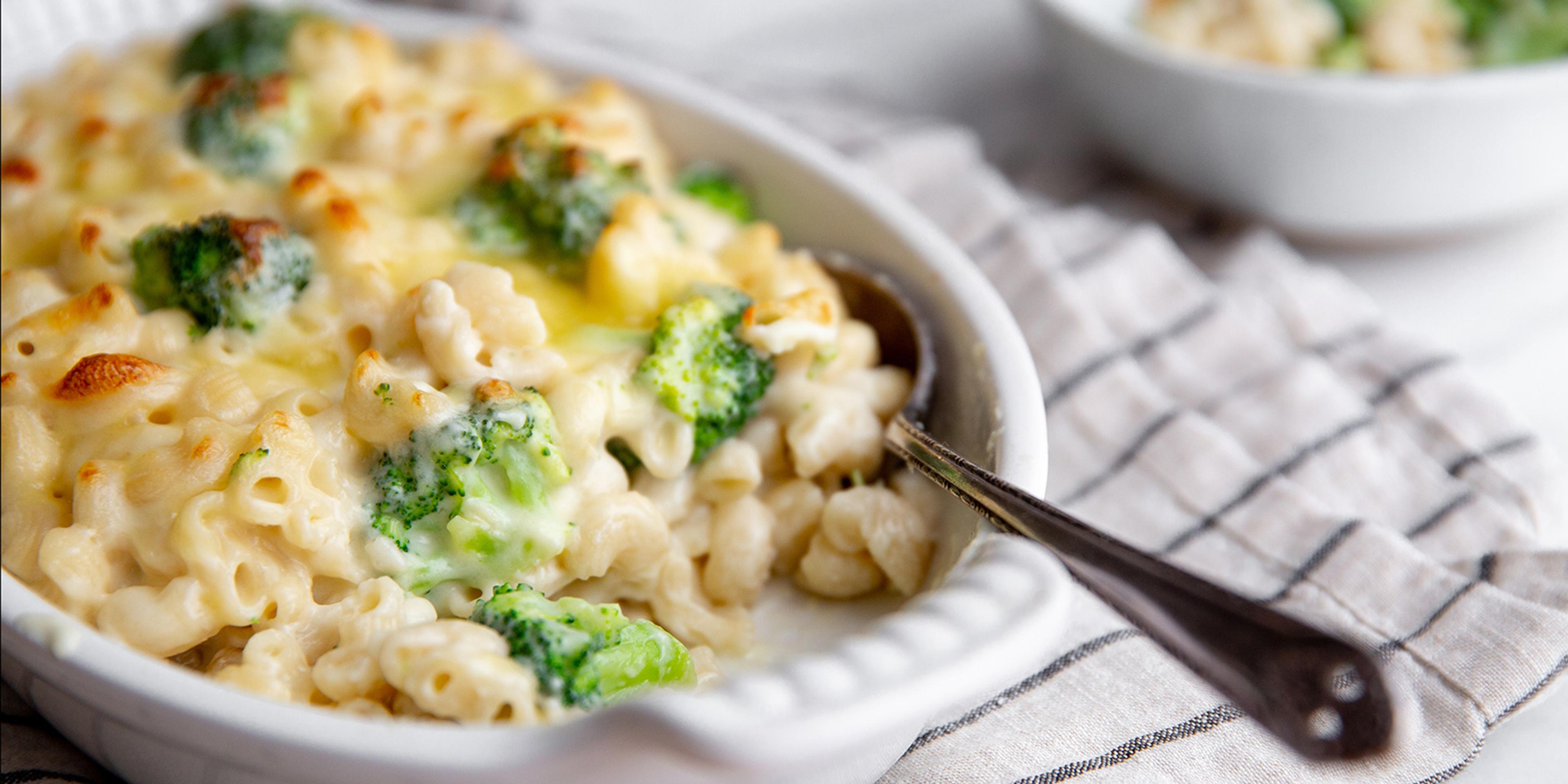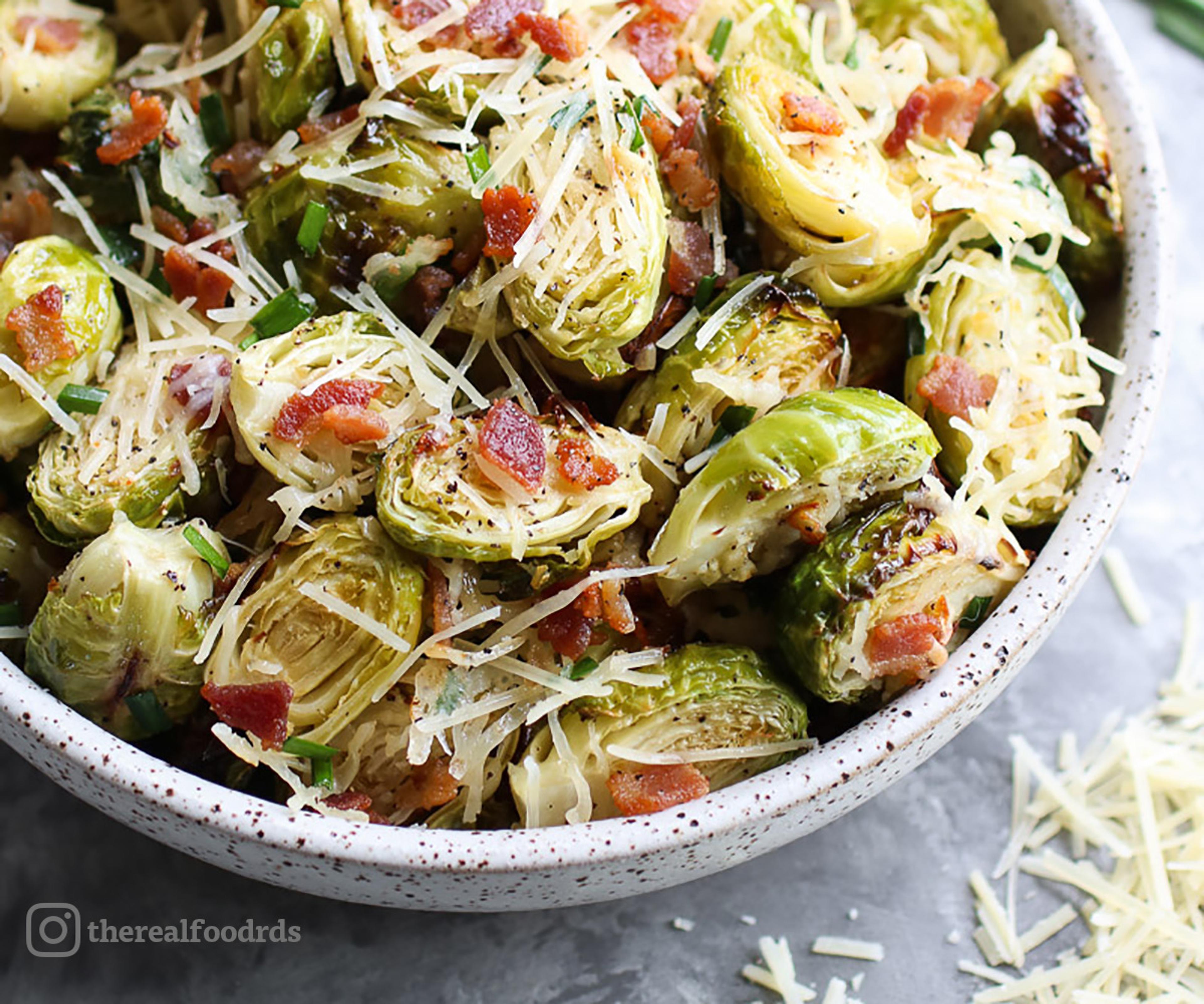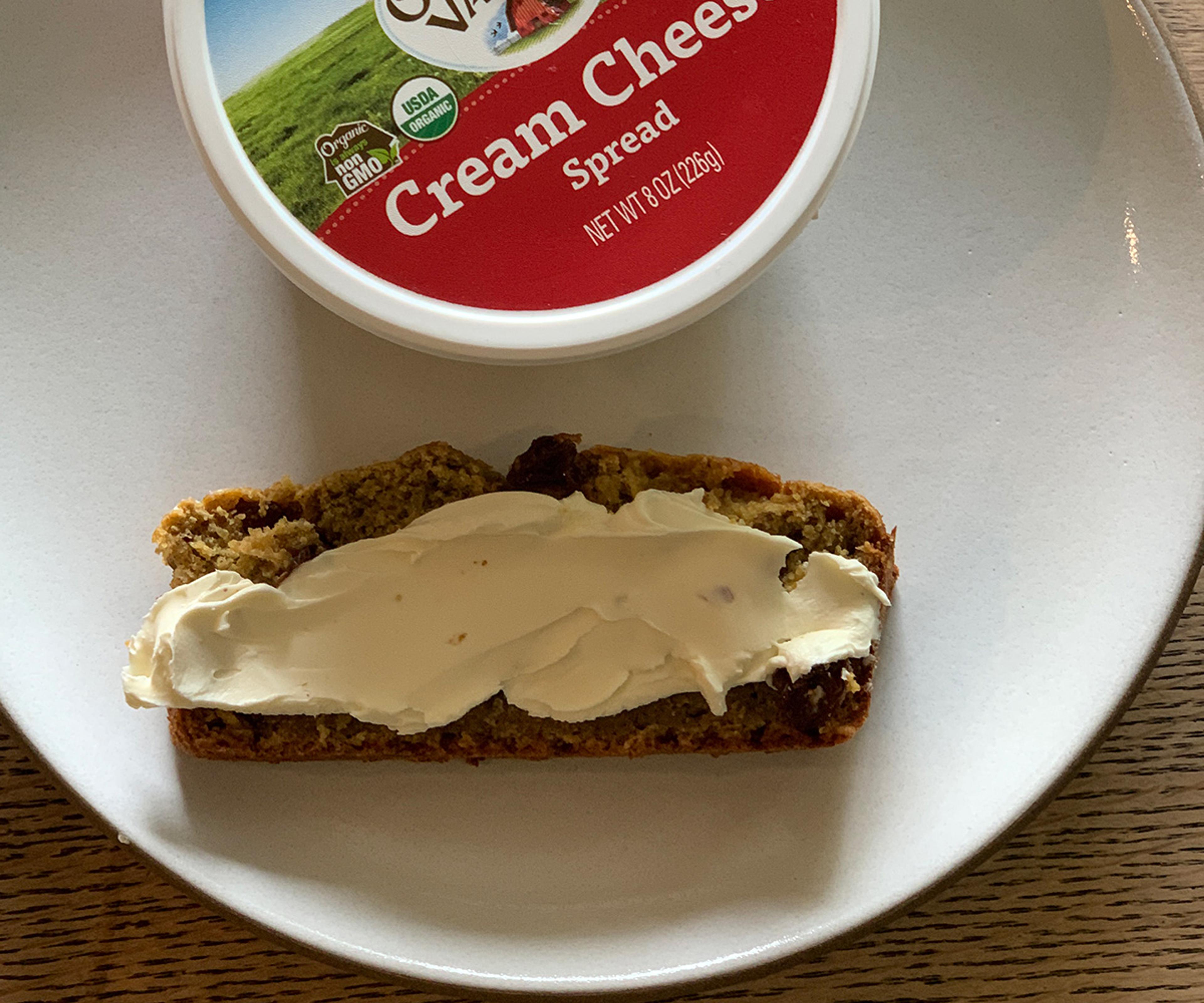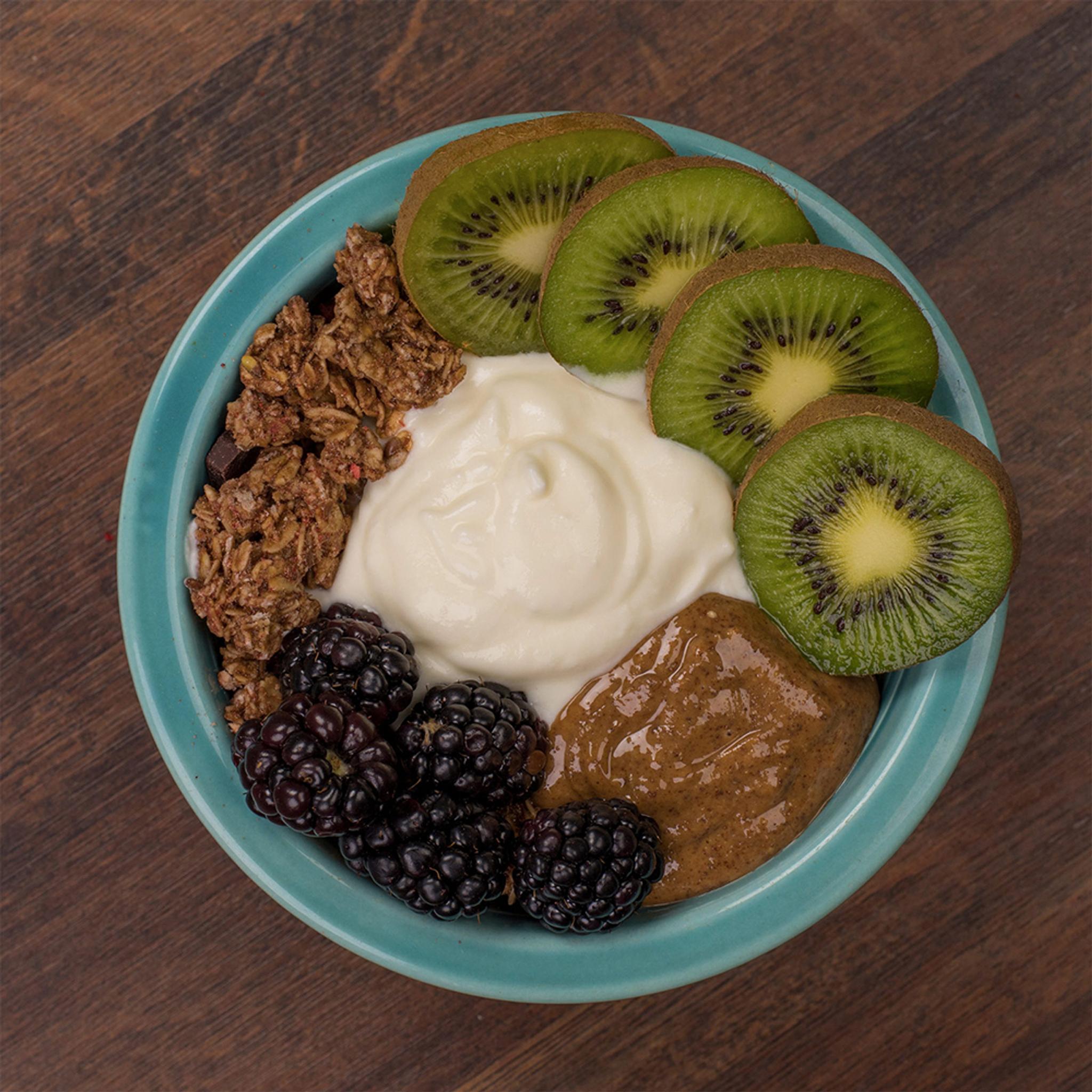
Food
How to Sneak More Nutrients Into Your Family's Diet
One of the most important factors in raising healthy children is to feed them the right foods, but this can often be easier said than done. Kids can be picky, and it can be tough to know which foods to add and how to incorporate them into meals. As a dietitian, I speak with so many parents who want to feed their kids well, so I have accumulated some methods in my practice over the years to make feeding nourishing foods to children as easy as possible.
The first thing to remember is that a child may need to try a new food over a dozen times before knowing if they like it or not, so don’t give up if they refuse a food after only one or two tries. Here are more tips for getting picky eaters to try new foods.
Let’s start with the nutrients that are important to the diets of growing kids. These include protein, omega-3 fatty acids, vitamins A and D, choline, iron, calcium (especially if a child has a non-dairy diet), fiber, and probiotics. Some nutrient-dense foods that are often missing from children’s diets, which would provide these important nutrients, are seafood, a variety of colorful vegetables, probiotic foods, whole grains, full-fat dairy, eggs, healthy fats, and liver or other organ meats.
Where to Start?
Now you know which nutrients to emphasize, but the question parents really want to know is: How do I get my kids to actually eat these foods?
The idea of building more nutrition into your family’s meals may feel like extra work and energy, and knowing where to start can be tough. Whether you’re looking for easy tips or are ready to level-up, let’s dive into some specific ways to add these superfoods for kids, benefiting growth, learning, development, immune function, and overall health.

100% Grass-fed cows graze on the Gretebeck family farm in Wisconsin.
1. Choose Organic, Grass-Fed, and Whole Grain
A good starting place is to simply choose organic and pastured or grass-fed items whenever possible. This is an easy step because it doesn’t change the food you are serving; rather, you’re simply swapping foods you already love for their organic counterparts and instantly adding more nutrient density and reducing unwanted chemicals and additives.
Organic grass-fed beef and dairy have higher amounts of omega-3s than grain-fed beef and dairy, along with other nutrients such as vitamin K2 and CLA, another healthy fat. By making the change to grass-fed, you are giving your family the high-quality protein they need while adding another beneficial nutrient boost.
Other ways to “sneak in” more nutrients without changing your menu is to choose whole grains instead of refined grains, and to look for sourdough or sprouted grain options for breads, crackers, and other grain products. These not only have higher nutrient density, but are also more easily digested.

Try this recipe by the Real Food Dietitians for Parmesan Roasted Brussels Sprouts with Bacon.
2. Veg it Up
Vegetables add gut-healthy fiber, antioxidants, potassium, and vitamin C to the diet, but it can be tricky to get some kids to eat them. As a starting point, try serving veggies in different ways to see if your kids have a preference, such as raw versus cooked. Slicing veggies into fun shapes or using a mandolin slicer to make waffles or waves could tempt kids to try something new.
Adding vegetables to dishes kids already enjoy, such as spaghetti sauce, chili, enchiladas, and pureed soups (such as tomato), can be very successful. Or try incorporating veggies into different condiments to use on sandwiches and wraps. Cooked and raw vegetables blend nicely into fruit smoothies as well; avocado, carrots, sweet potatoes, beets, and blanched greens are all great smoothie additions.
Topping veggies with thick-cut shredded cheese (or any Grassmilk cheese) and dipping them in tasty dressings and dips work for a reason: they make most veggies taste better to kids. Plus, they add a bit of calcium and protein, both of which are important nutrients for kids, including for growth. Experiment with a variety of homemade dipping sauces, and ensure your dips are made with healthy fats, such as olive, avocado, or coconut oils. And if all else fails, see if adding a healthy dose of Organic Valley butter or ghee does the trick.

Photo contributed by Amy Rosoff Davis.
3. All Hail Healthy Fats
Children need healthy fats in their diets for nutrient absorption, brain function and learning, and much more. A “healthy fat” is one that is naturally occurring and is not highly processed, providing a variety of fatty acids: omega-3 fatty acids, monounsaturated fats, and yes, even saturated fats.
Because many vitamins and minerals are “fat-soluble,” meaning they are absorbed by the body along with fats, it’s important to serve full-fat dairy or other healthy-fat-containing foods to children along with their meals. Serving a glass of whole milk or pairing veggies with a dairy-based dip improves a child’s absorption of important nutrients. Healthy fats also help kids feel fuller longer, perfect for kids who tend to get snacky soon after meals.
Include fats from a mixture of plants and pasture-raised animals to create the best balance of fats possible. The easiest way to add healthy fats to your child’s diet is to swap foods you are already eating for better-for-you options:
- Swap refined cooking oils such as canola, soybean, and hydrogenated oils for less refined options. Look for the words “extra virgin” or “unrefined” on the label. Extra virgin olive oil and good old-fashioned butter are easy choices for low-heat cooking, but also try avocado, coconut oil, lard, tallow, and ghee (clarified butter) for higher-heat cooking.
- Swap soybean-oil-based mayonnaise for a healthy-fat version (homemade or store-bought) made with avocado or olive oil, and shake up your own salad dressing with olive oil or buttermilk (add it all to a jar and have the kids do the shaking!).
- Eggs, specifically the yolk, are a fantastic source of healthy fats, fat-soluble vitamins, and choline, an important nutrient for their growing, learning brains. This is an easy food to get into most kids’ meals, but you could always increase their intake by throwing an extra egg into just about any dish. Make breakfast burritos, put a fried egg on a burger or sandwich, crack one on a homemade pizza, scramble them with stir fry, slice hard-boiled eggs onto a salad or serve them as a quick snack.

Cream cheese gives the impression of decadence, but when used in moderation, the healthy fats and protein in cream cheese can help you feel satisfied longer. Photo contributed by Amy Rosoff Davis.
4. Get Fishy
To increase their intake of omega-3 fatty acids, which are crucial for learning and brain development, use canned salmon or sardines instead of, or mixed in with, tuna to create an omega-3 tuna-style salad. Salmon can be turned into salmon patties/burgers or mixed with organic cream cheese for a bagel or toast spread. In addition to healthy fats, salmon and sardines also supply iron, protein, selenium, and even calcium and collagen when the edible skin and bones are included.

A yogurt bowl (especially if Greek-style) plus some natural nut butter, fruit, and low-sugar granola makes for a well-balanced and high-protein breakfast.
5. Make it Probiotic
Probiotic foods contain beneficial bacteria that help promote gut health and immune function, both of which benefit children as much as adults. To make foods you already love probiotic, try adding cultured and fermented foods to the mix.
For example, adding organic yogurt or kefir to smoothies not only adds beneficial bacteria, but also gives smoothies a boost of calcium, vitamins A and D, and healthy fats. These options are also lower in sugar and more nutrient-dense than using juice in smoothies.
Try adding sauerkraut, kimchi, or other fermented vegetables to sauces, dips, salads, and more. By blending them into a dip or spread, you can offer the health benefits of these probiotic foods while softening the strong flavor that may be off-putting to some kids.
Substitute kombucha, a fermented tea-based beverage, or kefir (water or milk-based) as a treat in place of soda or juice. If you are concerned about the small amount of caffeine or traces of alcohol in kombucha, simply offer it in small quantities or opt for water kefir instead. Kids love the fizz and sweet flavor of both beverages, and their tummies love the extra probiotics!

6. Play the Organs
One of the biggest gaps in the modern American diet, kids included, is the lack of organ meats. While the muscle meat is extremely important in terms of protein content, the “odd bits” of pasture-raised animals, such as the liver or heart, are just as essential, and are some of the most nutrient-dense foods available to us. If you live near a good local butcher, it’s likely they will offer these meats at good prices, or you can purchase online.
Organs are loaded with iron, vitamins A and D, B12, zinc, and copper. However, organ meats can be very tricky to get kids to eat, so the key is to incorporate them into dishes that will mask their stronger flavor.
My best strategy for adding nutrient-dense organ meat, such as Organic Prairie liver, into meals is to chop a quarter-pound in the food processor and mix it with a pound of Organic Prairie ground beef, chicken, pork, or turkey. Then I use the mixture in tacos, meatloaf, chili, spaghetti sauce, meatballs, lasagna, stroganoff, or other favorite recipes that feature ground meat. In well-spiced or sauced recipes like these, the difference in flavor may not even be noticeable. You only need to serve this one or two times per week to reap nutritional benefits, which can be easy to do with this method.
Changing one’s diet, especially for children, can be difficult, but if you take one suggestion at a time, I assure you it will become easier over time as these new foods become part of your family’s routine. Using these ideas listed above, your kids will come to appreciate new, healthy foods, and the extra effort will be worth it when you know you are nourishing your children well.
Originally from Kansas City, Missouri, Laura Poe Mathes, R.D., moved all over the U.S. before figuring out that she is a country girl at heart, settling down in the Driftless Region of southwest Wisconsin with her husband. She is a private practice dietitian, functional movement coach, writer and speaker on health and traditional cooking techniques, such as fermentation and cooking with organ meats. She loves to spend time with her family and be in nature. Learn more about her at Viroqua Nutrition Counseling and on her recipe blog, Brine and Broth.
Related Articles
- Tags:
- organic nutrition,
- family & kids

















